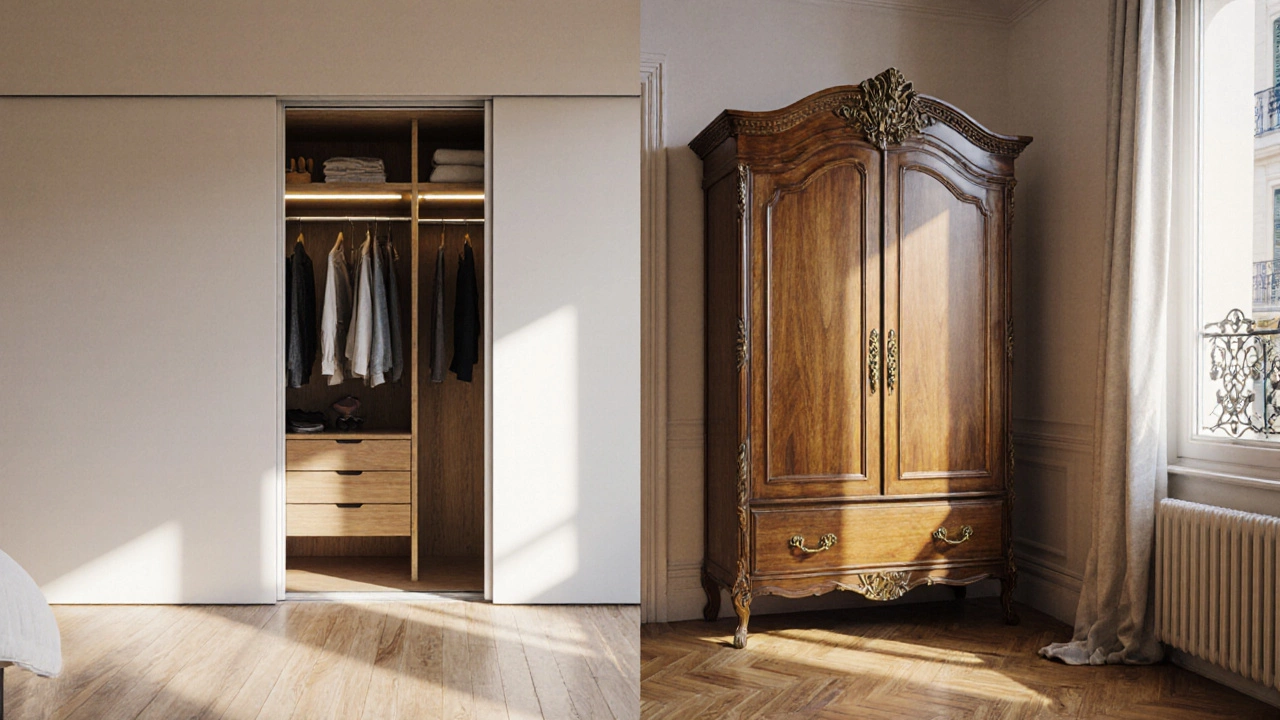Closet History: From Simple Cupboards to Modern Storage Solutions
When talking about Closet History, the timeline of how closets, wardrobes and storage furniture have developed from simple wooden cupboards to modern, space‑saving designs. Also known as closet evolution, it Closet History reflects cultural shifts, material advances and changing lifestyle needs. This story encompasses design innovation (closet history encompasses design), material technology (closet history requires new materials), and consumer organization habits (wardrobe influences modern closet organization). Understanding this evolution helps you see why certain styles last and how new trends emerge.
Key Players in the Timeline
One of the first milestones is the Wardrobe, a tall, freestanding storage piece that became popular in medieval Europe for hanging garments. It introduced the concept of vertical storage, which later influenced the compact layouts of today’s walk‑in closets. The Armoire, a decorative, often ornate storage cabinet originating in France, blended aesthetics with functionality. Both pieces show how style and utility have long been intertwined. Over centuries, additional entities like storage units, organization systems, and modular furniture entered the scene, each adding a layer of efficiency or elegance. Materials shifted from solid oak to bamboo and engineered wood, reflecting sustainability concerns and cost factors. Design trends moved from heavy, carved doors to sleek sliders and hidden compartments, mirroring broader shifts toward minimalism and flexibility.
What ties these developments together is a constant push for better use of space and easier access. From the early wardrobe’s hanging rods to today’s custom closet kits, the goal remains the same: keep belongings tidy while fitting the room’s look. In the collection below you’ll discover practical guides on budgeting for wardrobes, tips for arranging corner sofas around storage pieces, and advice on protecting furniture from pests—each piece connects back to the larger narrative of closet history. Dive in to see how past innovations can inspire smarter choices for your home today.
Why Europe Has Few Closets: History, Design, and Modern Alternatives
Explore why European homes rarely feature built‑in closets, tracing history, space constraints, and building codes, and discover modern wardrobe alternatives for today’s apartments.
View more